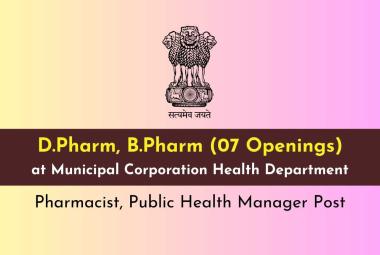A new surveillance report for 2023 which was published in 2024, by ECDC and WHO/Europe reveals that across the WHO European Region, more than half of people newly diagnosed with HIV are identified at a late stage of infection. This pattern persists despite expanded testing efforts and renewed focus on prevention.
What the Data Shows
• In 2023, nearly 113,000 HIV diagnoses were reported in 47 of the 53 countries in the WHO European Region.
• Of those diagnoses, about 52–53% across the Region, including in the European Union/European Economic Area (EU/EEA), were classified as “late.”
• This late‐diagnosis threshold is typically defined as having a CD4+ T-cell count below 350 cells/µL at time of diagnosis — indicating a weakened immune system.
• New HIV diagnoses in the EU/EEA saw a worrying rise: when excluding previously known cases, the rate of new diagnoses increased nearly 12% between 2022 and 2023, likely driven in part by increased detection among migrant populations.
Why This Is Alarming
Late diagnosis has serious consequences: individuals diagnosed late are more likely to experience severe illness, AIDS-defining conditions, and higher mortality risk.
Furthermore, late diagnosis means missed opportunities, for timely treatment, for preventing further transmission, and for meeting the ambitious target of ending AIDS as a public health threat by 2030.
The report also points to substantial under-diagnosis: many people living with HIV remain unaware of their status, especially outside the EU/EEA.
Who Is Most Affected
Migrant populations: A significant portion of newly diagnosed cases in the EU/EEA are among migrants, many born outside the EU/EEA, and late diagnosis is more frequent in these groups.
Heterosexual transmission and older age groups: Late diagnosis rates tend to be higher among individuals who acquired HIV through heterosexual contact, especially men, and among older adults.
Injecting-drug use also remains a concerning route of transmission associated with delayed detection.
In contrast, people who have sex with men (MSM), a key focus of many HIV-prevention and testing campaigns, generally show lower but still substantial rates of late diagnosis.
What Experts Are Calling For
According to the report authors and public-health leaders:
• Expanded and diversified testing strategies — including community-based testing, self-testing, and outreach to vulnerable and migrant communities — to reach people earlier.
• Reducing stigma and legal barriers that deter people from seeking testing or treatment — especially migrants and marginalized groups.
• Improving access to care and prevention tools, including rapid linkage to antiretroviral therapy (ART) and wider availability of pre-exposure prophylaxis (PrEP) for high-risk populations.
• Tailoring interventions according to transmission patterns, age, gender, and region — since the epidemic’s shape and risk factors vary widely across Europe.
As one WHO/Europe official is quoted: to end AIDS, “we must create safe spaces for people to access healthcare services, normalize testing and ensure policies are compassionate, not punitive.”
What’s at Stake
Without a renewed push on early detection and equitable access to care, the report warns, the Region risks falling short of global objectives to end HIV/AIDS as a public health crisis by 2030. Late diagnosis not only harms individuals but also perpetuates transmission — especially among underserved communities.
The authors urge governments, public-health institutions, and civil society to seize the moment: expand testing, remove barriers, and commit to inclusive, stigma-free HIV care.









